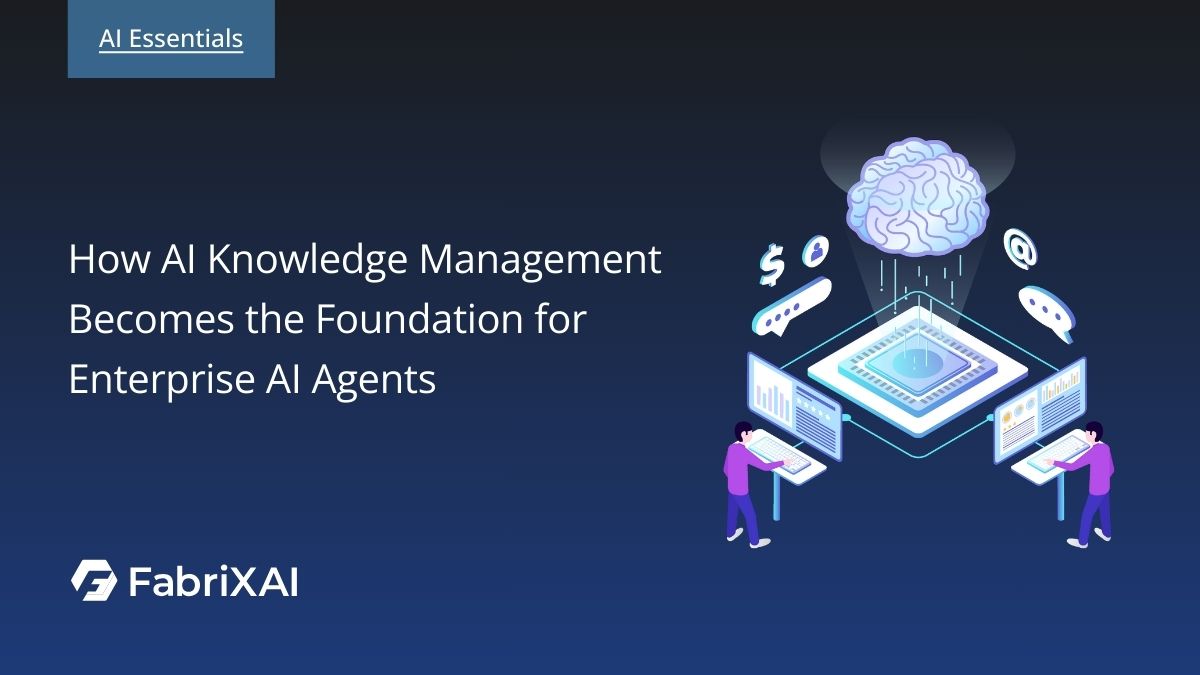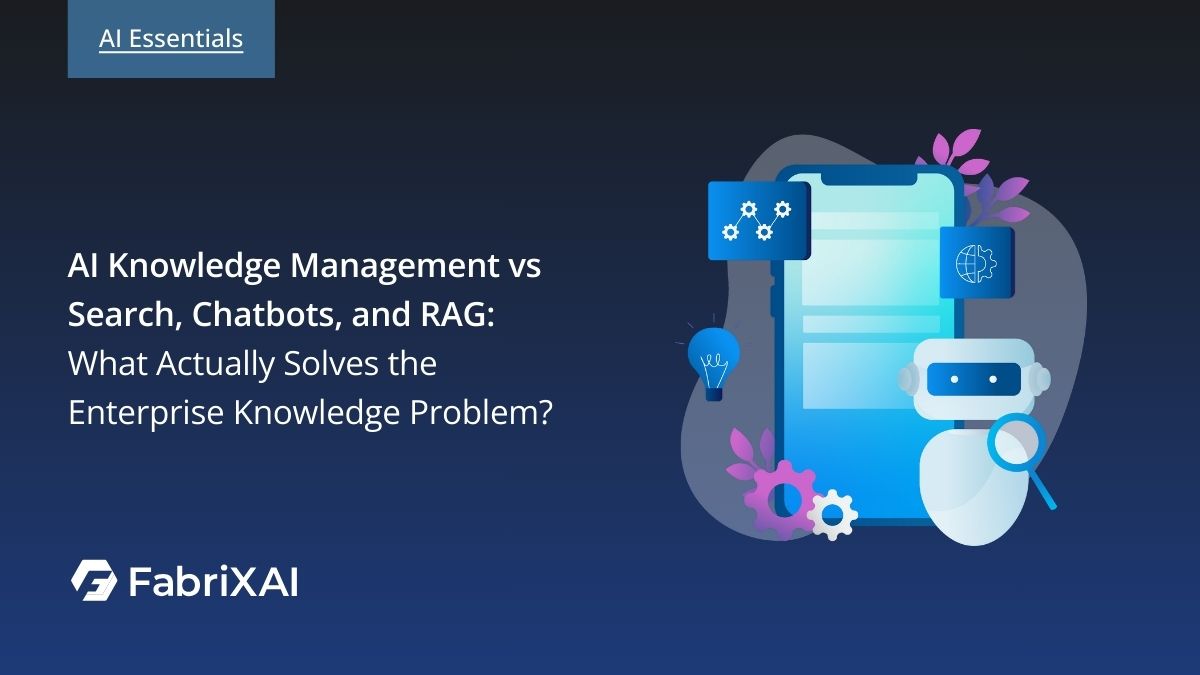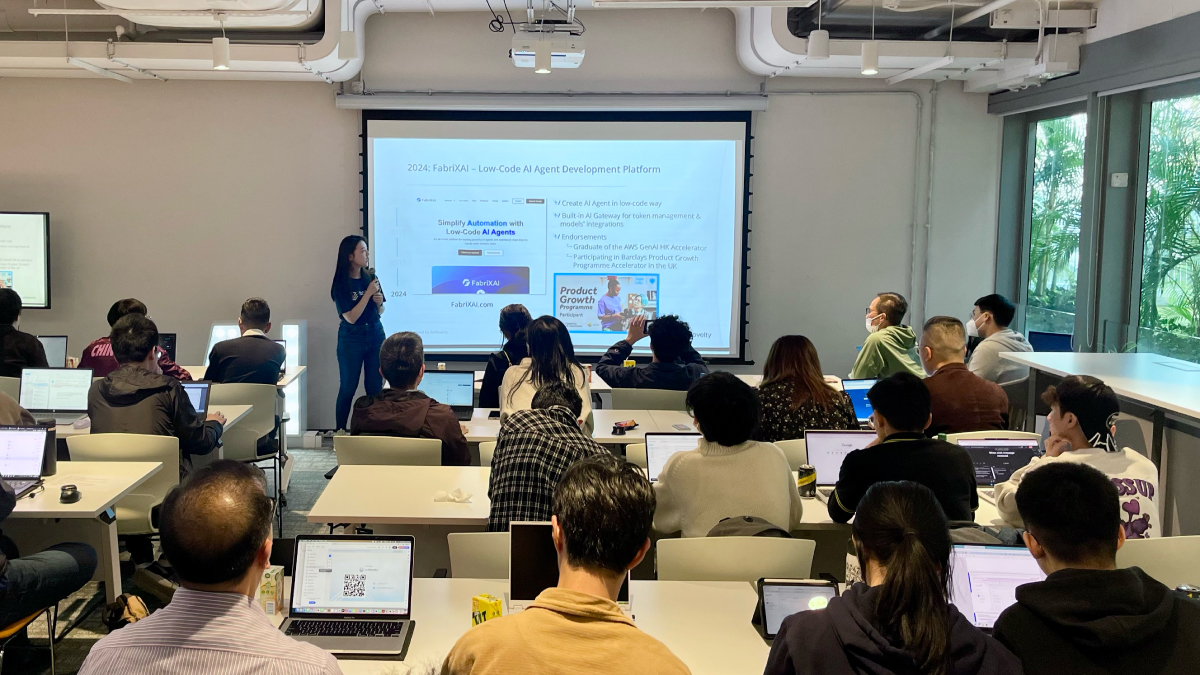Shot-based Prompting: Zero-Shot, One-Shot and Few-Shot Prompting Explained

In the rapidly evolving fields of artificial intelligence (AI) and natural language processing (NLP), one concept has gained notable attention: shot-based prompting. This innovative technique allows AI models to perform tasks using only a few or even no examples, making it a valuable asset for developers and researchers. As industries increasingly rely on AI for various applications, shot-based prompting becomes integral for optimizing performance and efficiency. In this article, we'll delve into the nuances of shot-based prompting, focusing on its various forms — zero, one, and few-shot prompting — and how these methods revolutionize the capabilities of AI systems.
What is Shot-Based Prompting?
Shot-based prompting is a technique that employs these examples to enhance the model's understanding of a task. This method is akin to providing a series of illustrative cases, where each example showcases the expected outcome based on varied inputs. In the context of AI, shot-based prompting guides the model in generating responses that are more aligned with user expectations, making it a powerful tool for refining the interaction between humans and machines.
Why are Examples Important in Prompts
Having examples in prompts is crucial for several reasons, particularly when working with AI models. Here are the key reasons why examples enhance the effectiveness of prompts:
- Clarification of Intent: Examples help clarify the specific task or request being made. They provide context that can reduce ambiguity, ensuring that the model understands exactly what is expected in terms of output.
- Guidance on Format and Style: By providing examples, users can demonstrate the desired format, tone, and style of the response. This is particularly important for tasks that require specific structures, such as lists, summaries, or creative writing.
- Improved Accuracy: Examples can lead to more accurate responses by showing the model how to approach a particular problem. They serve as a reference point, allowing the model to align its output with the patterns observed in the examples.
- Facilitating Learning: In few-shot and one-shot prompting, examples act as a mini-training set that helps the model adapt to new tasks. This is especially beneficial when the model has limited exposure to a specific type of query or domain.
- Contextual Understanding: Examples can provide contextual information that helps the model grasp nuances and subtleties in language. This is particularly important for tasks involving sentiment analysis, humor, or cultural references.
- User Confidence: When users provide examples, it can increase their confidence in the model's ability to generate the desired output. Knowing that the model has a clear reference can lead to more effective interactions.
Zero-Shot Prompting
Zero-shot learning is a very simple prompt with no examples or demonstrations. It will directly instructs the model to perform a task. The following is an example adapted from Prompt Engineering Guide on zero-shot prompt to classify a sentence to positive, neutral or negative:
Classify the text into positive, neutral or negative:
Text: The weather today was nice
Classification:
The output from GPT 3.5 Turbo:
Classification: Positive
With a simple task like the above example, the model can perform well with zero-shot prompt even the model has never seen the input text before. However, if the task is much complicated, zero-shot prompt may not work well since the model can only generate result based on its training set.
One-Shot Prompting
One-shot prompting is a technique in natural language processing where a model is provided with a single example to illustrate the desired task or output format. This approach helps the model understand the specific requirements of the task by demonstrating what is expected, allowing it to generate relevant responses based on that single reference.
Classify the sentiment of the following sentence as positive, neutral, or negative. Here is an example:
Example: I absolutely love this product! // Positive
Input: The weather today was nice
Output:
The weather today was nice // Positive
One-shot prompting, while useful for quick references, often falls short due to its limited contextual understanding, reduced generalization capability, and increased ambiguity. It provides only a single example, which may not capture the full range of nuances needed for complex tasks, leading to misunderstandings and inconsistent outputs. This approach also carries a higher risk of overfitting, as the model might align too closely with the single example rather than adapting to new inputs. In contrast, few-shot prompting offers multiple examples that enhance pattern recognition and clarity, improving the model's performance, reliability, and ability to generalize to new situations. Transitioning to few-shot prompting can mitigate these issues by providing richer context and more consistent results.
Few-Shot Prompting
Few-shot prompting is developed to enable in-context learning. We provide a few example or demonstration in the prompt to enhance the model’s performance comparing with zero-shot and provide a template or format of the response. Following is an example prompt adapted from Prompt Engineering Guide.
This is awesome! // Negative
This is bad! // Positive
Wow that movie was rad! // Positive
The weather today was nice //
Output:
The weather today was nice // Positive
Compare with the output generated with zero-shot prompt: The text "The weather today was nice" can be classified as positive., the result with few-shot prompt have a similar format with the example and it do not require to mention the instruction like in zero-shot prompt example.
How to Choose from different Shot-Based Prompting Techniques?
Choosing the right prompting technique—zero-shot, one-shot, or few-shot—depends on how complex the task is and how much help the model needs. Here are some things to think about when making your choice:
1. Task Complexity
- Zero-Shot Prompting: This works best for simple tasks that the model already knows about. If you have a straightforward question, zero-shot can be quick and effective.
- One-Shot Prompting: Use this when a task needs a bit more detail. If you can explain the task with just one example, one-shot prompting can help the model understand better.
- Few-Shot Prompting: This is the way to go for complicated tasks that need a deeper understanding. By giving multiple examples, you help the model learn patterns and apply them to new situations.
2. Desired Accuracy
- Zero-Shot: It’s good for basic tasks, but the accuracy can be a bit hit-or-miss for more complicated requests.
- One-Shot: This approach usually improves accuracy compared to zero-shot, but it might still struggle with tricky tasks.
- Few-Shot: This method generally offers the highest accuracy because the model learns from several examples, making it more reliable for challenging tasks.
3. Guidance Level
- Zero-Shot: This technique doesn’t provide any extra guidance beyond the prompt, which can sometimes lead to confusion.
- One-Shot: It offers one clear example that helps set expectations, but it might not cover every possible variation.
- Few-Shot: This method gives lots of guidance with multiple examples, making it easier for the model to handle different inputs and reducing confusion.
4. Efficiency and Effort
- Zero-Shot: It’s quick and easy to use because it requires very little effort in designing prompts.
- One-Shot: This takes a bit more effort to create a relevant example, but it’s still pretty straightforward.
- Few-Shot: It requires the most time and effort to gather several examples, but this work often leads to better performance.
In short, deciding between zero-shot, one-shot, and few-shot prompting depends on how complex the task is, how accurate you want the responses to be, how much guidance is needed, and how much effort you’re willing to put in. For simple tasks, zero-shot might be enough; for tasks needing more detail, one-shot is a good choice; and for complex tasks that require high accuracy, few-shot prompting is the best
Application Scenarios for Zero, One, and Few-Shot Prompting
Here are some cases comparing zero-shot, one-shot, and few-shot prompting techniques across various applications beyond therapeutic contexts:
1. Content Creation
Zero-Shot Prompting
Scenario: A writer seeks inspiration for a blog post.
Prompt: "Give me ideas for a blog post about healthy eating."
Outcome: The model suggests general topics but may not align with the writer's specific audience or style.
One-Shot Prompting
Scenario: A writer wants a specific angle for their blog.
Prompt: "Give me ideas for a blog post about healthy eating. Example: '10 Easy Recipes for Busy Professionals.' Now, help with: 'How about a post for college students?'"
Outcome: The model generates ideas that are more relevant to the target audience.
Few-Shot Prompting
Scenario: A writer is exploring various themes for their blog.
Prompt: "Give me ideas for a blog post about healthy eating.
Example 1: '10 Easy Recipes for Busy Professionals.'
Example 2: 'How to Meal Prep for the Week.'
Now, help with: 'What about tips for eating healthy on a budget?'"
Outcome: The model provides a range of creative and relevant ideas based on the examples.
2. Itinerary Planning
Zero-Shot Prompting
Scenario: A traveler wants to plan a trip.
Prompt: "Create a travel itinerary for a 3-day trip to Paris."
Outcome: The model generates a basic itinerary with well-known Parisian attractions without much elaboration.
One-Shot Prompting
Scenario: A traveler seeks a structured itinerary for Paris.
Prompt: "Here is an example of an itinerary visiting Tokyo:
Day 1: Visit Senso-ji Temple in Asakusa, explore the Nakamise shopping street, and learn about Tokyo's history at the Edo-Tokyo Museum.
Day 2: Tour the Imperial Palace, walk through the East Gardens, and visit Yasukuni Shrine.
Day 3: Discover the old town charm of Yanaka, visit the Yanaka Cemetery, and explore the traditional streets of Kagurazaka.
Now, create an itinerary for a 3-day trip to Paris."
Outcome: The model provides a more structured itinerary, detailing activities such as visiting the Louvre on Day 2. It’s more detailed than zero-shot but may still lack some unique local insights.
Few-Shot Prompting
Scenario: A traveler wants a comprehensive itinerary.
Prompt: "Example 1 (Tokyo trip):
Day 1: Visit Senso-ji Tem
These examples illustrate how different prompting techniques can be applied across various domains, enhancing the relevance and specificity of the model's responses.
Conclusion
In conclusion, shot-based prompting is a transformative technique in AI and NLP, enabling models to perform tasks with varying levels of guidance. By using zero, one, or few examples, developers can enhance model accuracy and efficiency across different applications. Zero-shot prompting is quick for straightforward tasks, while one-shot provides a bit more context. Few-shot prompting, offering multiple examples, is ideal for complex tasks, ensuring higher accuracy and better generalization. As AI continues to evolve, mastering these prompting techniques will be crucial for optimizing AI performance in diverse fields.
Want to Explore More Prompt Engineering Techniques?
If you're eager to learn about various prompt engineering techniques, don't miss the article How to Talk to AI: Advanced Prompt Engineering Techniques. Dive in to discover a range of innovative prompting strategies and find the perfect approach for your needs!
Frequently Asked Questions on Shot-Based Prompting Techniques
1. What are the main types of shot-based prompting?
Shot-based prompting primarily includes three types:
- Zero-Shot Prompting: No examples are provided; the model relies solely on its pre-existing knowledge.
- One-Shot Prompting: One example is given to guide the model's response.
- Few-Shot Prompting: Multiple examples are provided, enhancing the model's understanding and accuracy.
2. How does shot-based prompting improve AI performance?
Shot-based prompting enhances AI performance by providing context and examples that clarify the task, guide the expected output format, and improve accuracy. This method allows models to learn from examples, which is particularly beneficial for complex tasks.
3. When should I use zero-shot, one-shot, or few-shot prompting?
- Zero-Shot: Best for simple tasks where the model has sufficient training data.
- One-Shot: Useful when a single example can clarify the task.
- Few-Shot: Ideal for complex tasks requiring multiple examples to ensure accuracy and better generalization.
4. What are the limitations of one-shot prompting?
One-shot prompting may lead to misunderstandings due to its limited context and can increase the risk of overfitting, as the model might align too closely with the single example provided, potentially missing broader patterns.
5. Can shot-based prompting be applied in various industries?
Yes, shot-based prompting is versatile and can be applied across different industries, including content creation, customer service, and data analysis, where tailored responses are crucial.
6. What factors should I consider when designing prompts?
When designing prompts, consider the complexity of the task, the desired accuracy, the level of guidance needed, and the effort required to create the examples. Balancing these factors will help you choose the most effective prompting technique.



